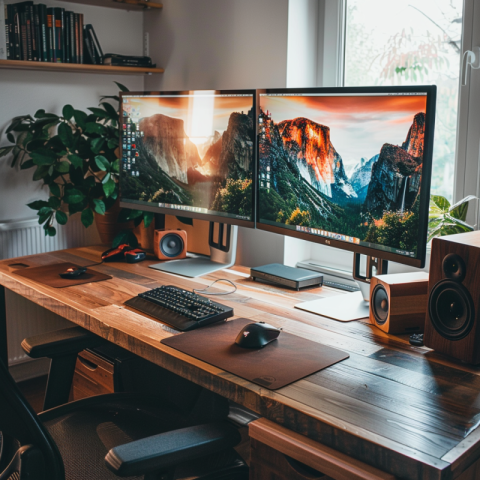
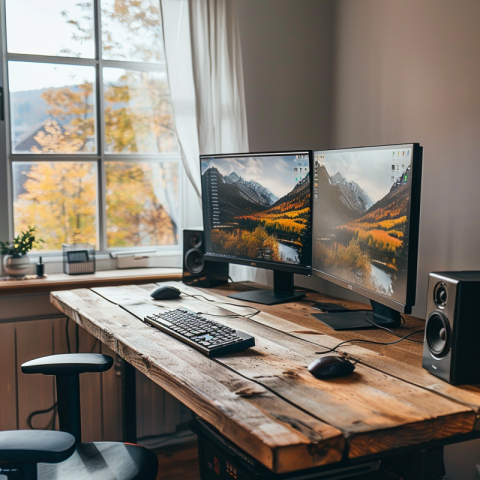

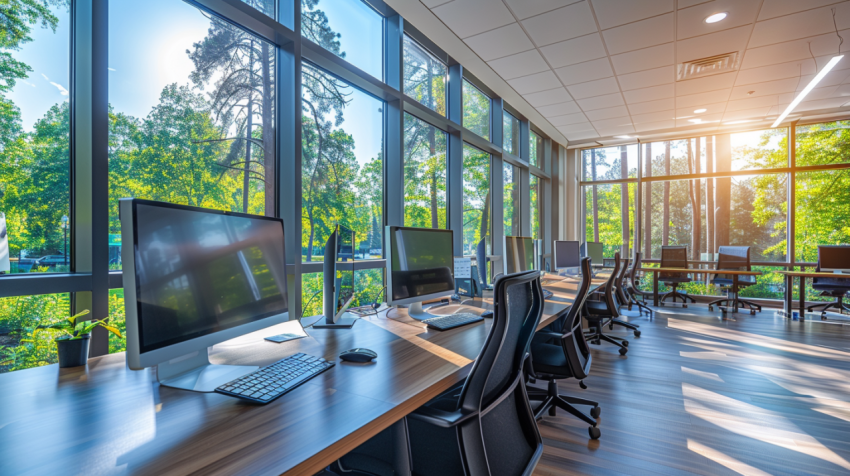

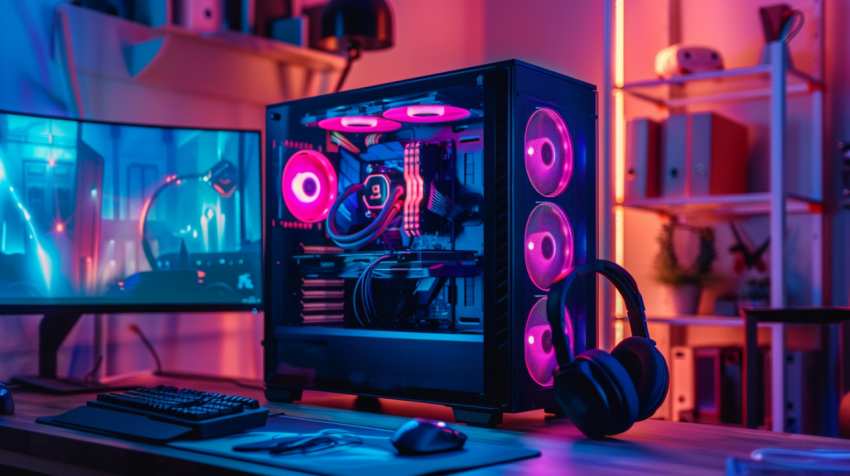
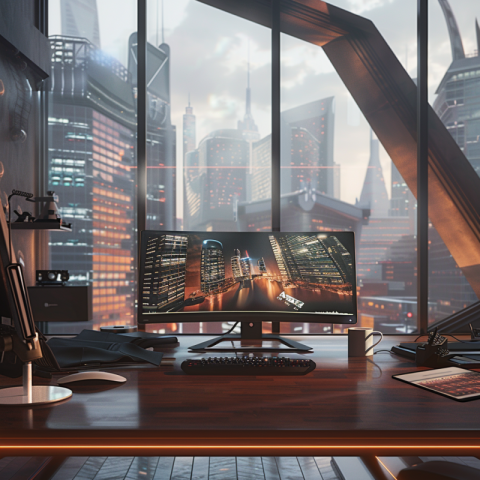
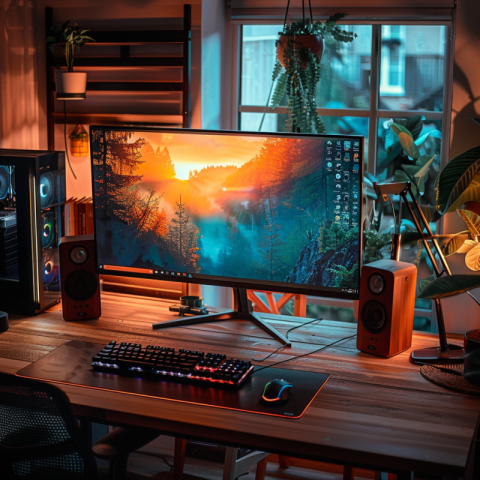




The Ultimate Guide to PCs: Components, Building, Upgrading & Buying
The Personal Computer (PC) has revolutionized the way we work, play, and communicate. From simple word processing to complex gaming and content creation, PCs offer a versatile platform for a wide range of tasks. This comprehensive guide will explore the world of PCs, covering essential components, building your own computer, upgrading existing hardware, and making informed decisions when buying a new PC.
Essential PC Components:
- Central Processing Unit (CPU): The "brain" of the computer, responsible for executing instructions. Key factors include core count, clock speed, and cache size. (e.g., Intel Core i9, AMD Ryzen 9)
- Motherboard: The main circuit board that connects all the other components. Consider form factor (ATX, micro-ATX, mini-ITX), chipset, and supported features. (e.g., ASUS ROG Strix, Gigabyte Aorus)
- Random Access Memory (RAM): Temporary storage for data that the CPU is actively using. Key factors include capacity (GB), speed (MHz), and latency. (e.g., Corsair Vengeance, G.Skill Trident Z)
- Graphics Processing Unit (GPU): Handles the rendering of images, videos, and 3D graphics. Crucial for gaming and other visually intensive tasks. (e.g., NVIDIA GeForce RTX, AMD Radeon RX)
- Storage:
- Hard Disk Drive (HDD): Traditional storage device with spinning platters. Offers large capacity at a lower cost.
- Solid State Drive (SSD): Uses flash memory for faster data access and improved performance. (e.g., Samsung 970 EVO, Crucial MX500)
- NVMe SSD: A faster type of SSD that uses the NVMe protocol for even higher speeds.
- Power Supply Unit (PSU): Provides power to all the components. Consider wattage, efficiency rating (80 Plus), and modularity. (e.g., Corsair RMx, Seasonic Focus)
- Case: Houses all the components and provides cooling. Consider size, airflow, and aesthetics. (e.g., NZXT H510, Fractal Design Meshify)
- Operating System (OS): The software that manages the computer's resources and provides a user interface. (e.g., Windows 10, macOS, Linux)
- Peripherals:
- Monitor: The display screen. (e.g., Dell Ultrasharp, ASUS ProArt)
- Keyboard: Used for typing input. (e.g., Logitech G Pro, Corsair K95)
- Mouse: Used for cursor control and navigation. (e.g., Razer DeathAdder, Logitech MX Master)
Building Your Own PC:
Advantages:
- Customization: Choose the exact components you want.
- Cost Savings: Potentially save money compared to buying a pre-built PC.
- Learning Experience: Gain a deeper understanding of how computers work.
- Performance: Build a system tailored to your specific needs.
Steps:
- Choose Your Components: Select components based on your budget and intended use.
- Prepare Your Workspace: Gather necessary tools (screwdriver, anti-static wrist strap) and create a clean, well-lit workspace.
- Install the CPU: Carefully install the CPU into the motherboard socket.
- Install RAM: Insert RAM modules into the appropriate slots on the motherboard.
- Mount the Motherboard: Secure the motherboard inside the case.
- Install the GPU: Insert the GPU into the PCIe slot on the motherboard.
- Install Storage Drives: Mount HDDs or SSDs in the drive bays and connect them to the motherboard and PSU.
- Connect the PSU: Connect the PSU to the motherboard, GPU, and storage drives.
- Install the Operating System: Boot from a USB drive or DVD to install the OS.
- Install Drivers: Install drivers for all your hardware components.
Upgrading Your PC:
Common upgrades include:
- Adding More RAM: Improves multitasking and overall performance.
- Upgrading the GPU: Enhances gaming and graphics performance.
- Replacing the HDD with an SSD: Significantly speeds up boot times and application loading.
- Upgrading the CPU: Improves overall processing power (may require a motherboard upgrade).
Buying a Pre-built PC:
Advantages:
- Convenience: Ready to use out of the box.
- Warranty: Typically comes with a warranty covering all components.
- Support: Access to technical support from the manufacturer.
Considerations:
- Price: Can be more expensive than building your own.
- Limited Customization: Fewer options for choosing specific components.
- Bloatware: May come with pre-installed software you don't need.
Factors to Consider When Buying a PC:
- Purpose: What will you primarily use the PC for (gaming, productivity, content creation)?
- Budget: How much are you willing to spend?
- Performance: Consider the CPU, GPU, RAM, and storage specifications.
- Form Factor: Choose a size that fits your needs and space (desktop, laptop, all-in-one).
- Brand Reputation: Research different brands and read reviews.
- Warranty and Support: Look for a good warranty and reliable customer support.
The Future of PCs:
PCs are continually evolving. We can expect to see:
- More Powerful Components: CPUs and GPUs with increased performance.
- Faster Storage: Wider adoption of NVMe SSDs and other high-speed storage technologies.
- Improved Displays: Higher resolution, faster refresh rates, and better color accuracy.
- Integration of AI: AI-powered features for enhanced performance and personalization.
- New Form Factors: Innovative designs and more compact systems.
- Cloud Computing: Increased reliance on cloud services for storage and processing.
Conclusion:
The PC remains a powerful and versatile tool for a wide range of tasks. Whether you choose to build your own, upgrade an existing system, or buy a pre-built computer, understanding the essential components and making informed decisions will help you get the most out of your PC. As technology continues to advance, the future of PCs promises even greater performance, innovative features, and seamless integration into our digital lives. Remember to consider your needs and budget when selecting a PC that is perfect for you.
best PC components 2024, how to build a PC, PC build guide, best gaming PC, best budget PC, PC upgrade guide, pre-built PC vs custom PC, best PC parts, PC troubleshooting, future of PCs

